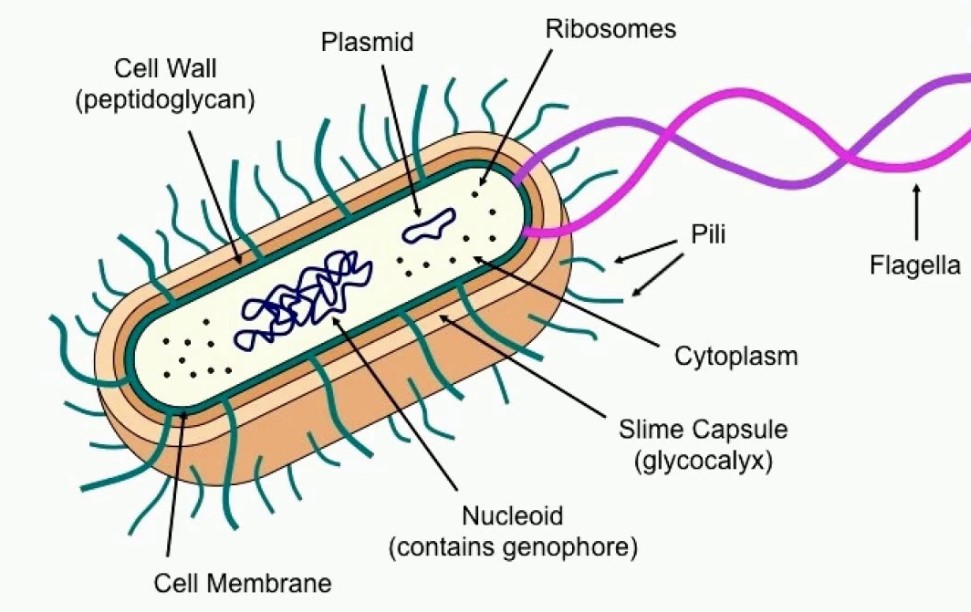Nucleoid Definition
In a prokaryotic cell, the nucleoid contains the genetic information called the genophore. The prokaryotes are divided into bacteria and archaea, both of which are unicellular organisms without membrane-bound organelles.
Also, the nucleoid does not have a membrane surrounding it. Attached to the cell membrane, it is in direct contact with the cytoplasm. In addition, the nucleoid does not have a uniform shape or size.
It can still be distinguished from the rest of the cell and identified under a light microscope, however.
With the addition of some RNA and proteins, the nucleoid is mostly composed of multiple compacted copies of DNA arranged in a continuous thread. In prokaryotes, DNA is double-stranded and generally circular.
Please keep in mind that DNA can also be found in other parts of the cell, outside the nucleoid, so it is important to keep that in mind. Putting things into perspective, we can look at the nucleoid’s eukaryotic counterpart.
In eukaryotes, such as plants and animals, the nucleus contains their genetic material, surrounded by a double membrane. Nuclei and cytoplasm are separated by this membrane. The DNA of eukaryotes is also double-stranded, just like that of prokaryotes.
Function of Nucleoid
The nucleoid is essential for controlling the activity of the cell and reproduction. It is where transcription and replication of DNA take place.
Within it, we can expect to find enzymes that serve as biological catalysts and help with replication, as well as other proteins that have other functional and structural roles, including assisting the formation of DNA, facilitating cell growth, and regulating the genetic material of the cell.
Related Biology Terms
- Chromatin – The substance, composed of DNA, RNA, and protein, that makes up the chromosome of eukaryote.
- Mitochondrion – An organelle that produces energy for the cell in eukaryotic organisms.
- Nucleolus – A small structure where ribosome assembly occurs within a nucleus.
- Plasmid – A structure found in bacteria that contains DNA but is not associated with the chromosome.

